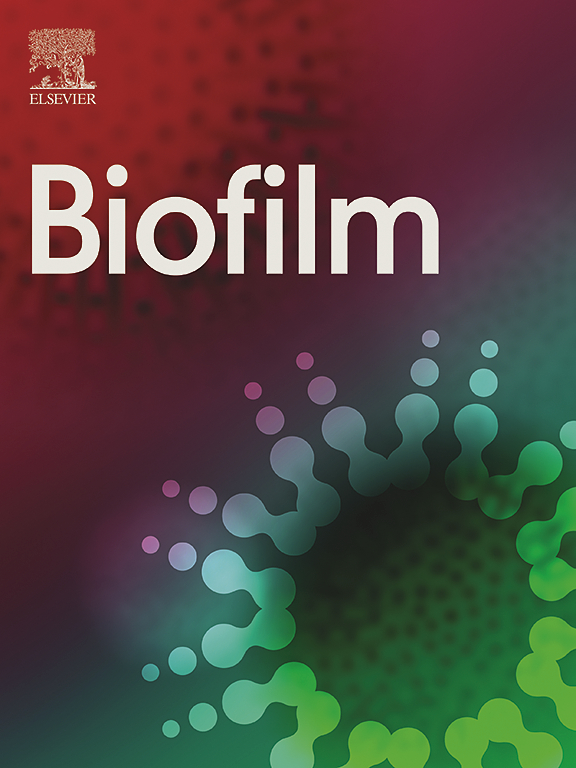Development and validation of a large animal ovine model for implant-associated spine infection using biofilm based inocula
Abstract
Postoperative implant-associated spine infection remains poorly understood. Currently there is no large animal model using biofilm as initial inocula to study this challenging clinical entity. The purpose of the present study was to develop a sheep model for implant-associated spine infection using clinically relevant biofilm inocula and to assess the in vivo utility of methylene blue (MB) for visualizing infected tissues and guiding debridement. This 28-day study used five adult female Rambouillet sheep, each with two non-contiguous surgical sites– in the lumbar and thoracic regions– comprising randomized positive and negative infection control sites. A standard mini-open approach to the spine was performed to place sterile pedicle screws and Staphylococcus aureus biofilm-covered (positive control), or sterile (negative control) spinal fusion rods. Surgical site bioburden was quantified at the terminal procedure. Negative and positive control sites were stained with MB and staining intensity quantified from photographs. Specimens were analyzed with x-ray, micro-CT and histologically. Inoculation rods contained ∼10.44 log10 colony forming units per rod (CFU/rod). Biofilm inocula persisted on positive-control rod explants with ∼6.16 log10 CFU/rod. There was ∼6.35 log10 CFU/g of tissue in the positive controls versus no identifiable bioburden in the negative controls. Positive controls displayed hallmarks of deep spine infection and osteomyelitis, with robust local tissue response, bone resorption, and demineralization. MB staining was more intense in infected, positive control sites. This work presents an animal-efficient sheep model displaying clinically relevant implant-associated deep spine infection.

 求助内容:
求助内容: 应助结果提醒方式:
应助结果提醒方式:


